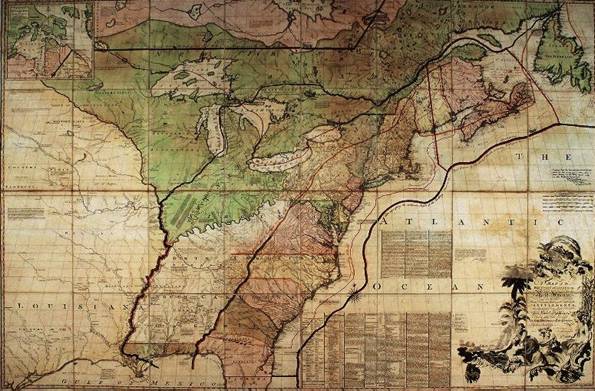
http://thehistoricfoodie.files.wordpress.com/2011/09/chimneycorner_jclark.jpg
Dear Families--
You may have noticed that the communication and style of our blog has changed. More and more I'm trying to use it as a teaching directory--and a way to provide you with the information and activities your child is experiencing each day. It's good to know what's going on here and to see how your child's education is evolving in a "21st Century" classroom.
Showing students how to access information is easier said than done. My goal is to help them develop the skills and mindset to independently explore resources, glean information from primary text, and develop the curiosity and motivation that exemplifies true learning. Moving forward, we will move through a plethora of self-directed activities and experiences designed to pique their interests.
SOCIAL STUDIES FOR THIS WEEK:
What was it like in colonial times? I'm always interested in what everyday life was like for people. As this video reveals, very few folks dressed in the fancy clothes we associate with colonial America. Click here to see how most of us would have dressed for a typical day.
This week we'll share our information about colonial trades. (Be looking for an informational bulletin board that describes many of the trades and crafts of colonial America.) We'll complete a quick review of American colonies (test), then embark on an adventure to learn about the French and Indian War.
WANT TO STUDY? (say "YES!"--the test is Thursday, for Pete's sake!)) Check out the "13 Colonies" links to the left of this blog entry.
~
LANGUAGE ARTS FOR THIS WEEK:
Both classes are finishing up their "Hero" PowerPoints in Language Arts. The children have been given the freedom to develop these PowerPoints in unique and expressive ways as they work toward quality. I hope you have had the opportunity to view these projects and offer feedback to your child. The syllabus I provided was a step-by-step guide for them and you—did you find it helpful?
Students in 5/6 are required to provide me with a written copy of their research before the end of the week. It’ll be good to wrap things up before spring break.
~
GRADE 6 BOOK PROJECT FOR WEEK OF APRIL 15: Students will fill in an online book review template using the link below. They will then cut and paste the summary part of the review onto another sheet of paper to include in an artistic display.
~
That should just about do it for the week. I hope you all have a chance to relax and enjoy your family next week. Be safe; I'll see you all soon.
And again, thanks for all you do--
Teri
P.S. Hey kids: If you have a few minutes with nothing to do, you might be interested in reading a cool web-comic / colonial mystery called "Written in Bone: The Secret in the Cellar." It's located here. For those of you who do and can answer a few easy questions when you get back, there's 10 humongous bonus points in it for you! SUCH a deal!
P.P.S. -- Here's the last thing you'll need to do for Digital Wish. Please take this Student Post-Deployment Survey: https://www.surveymonkey.com/s/student2012post










